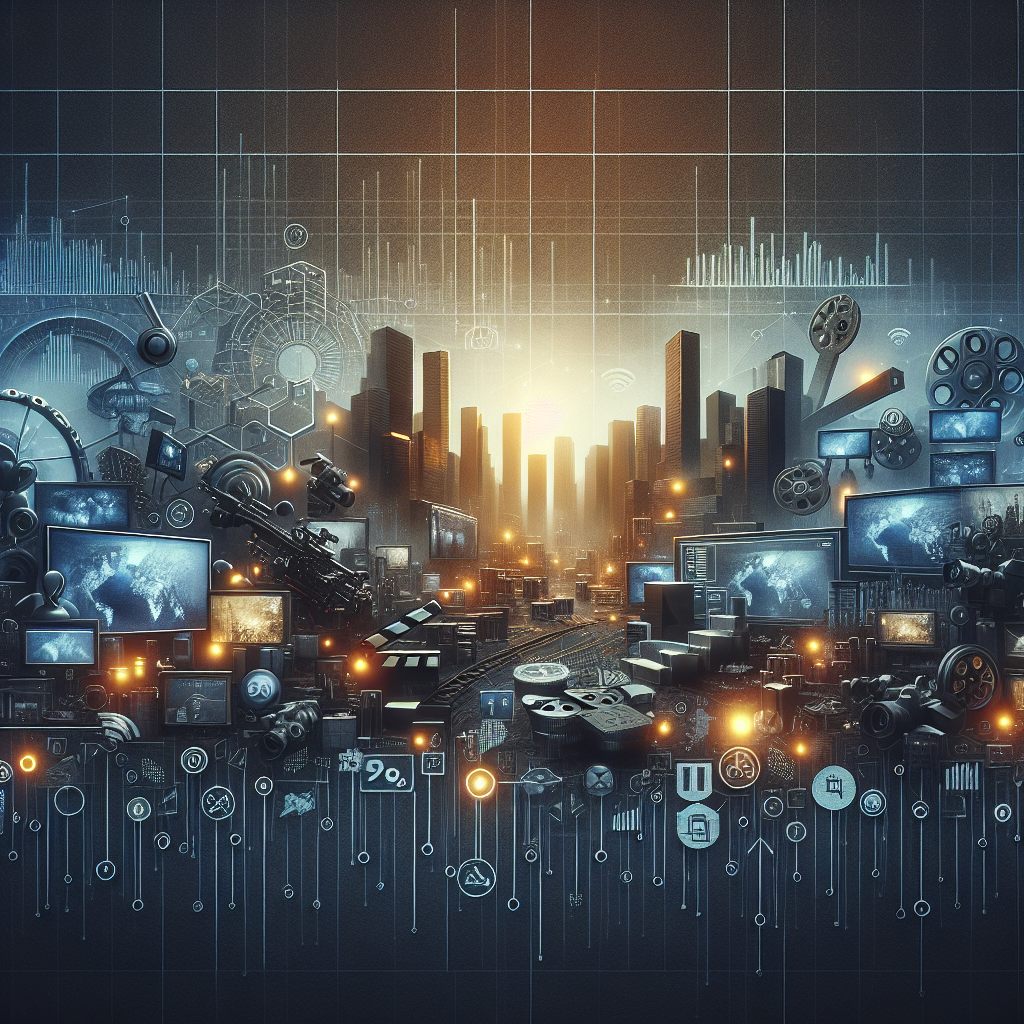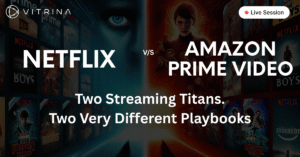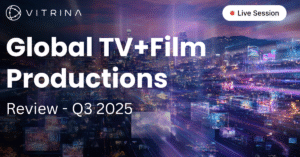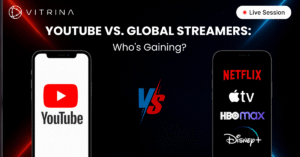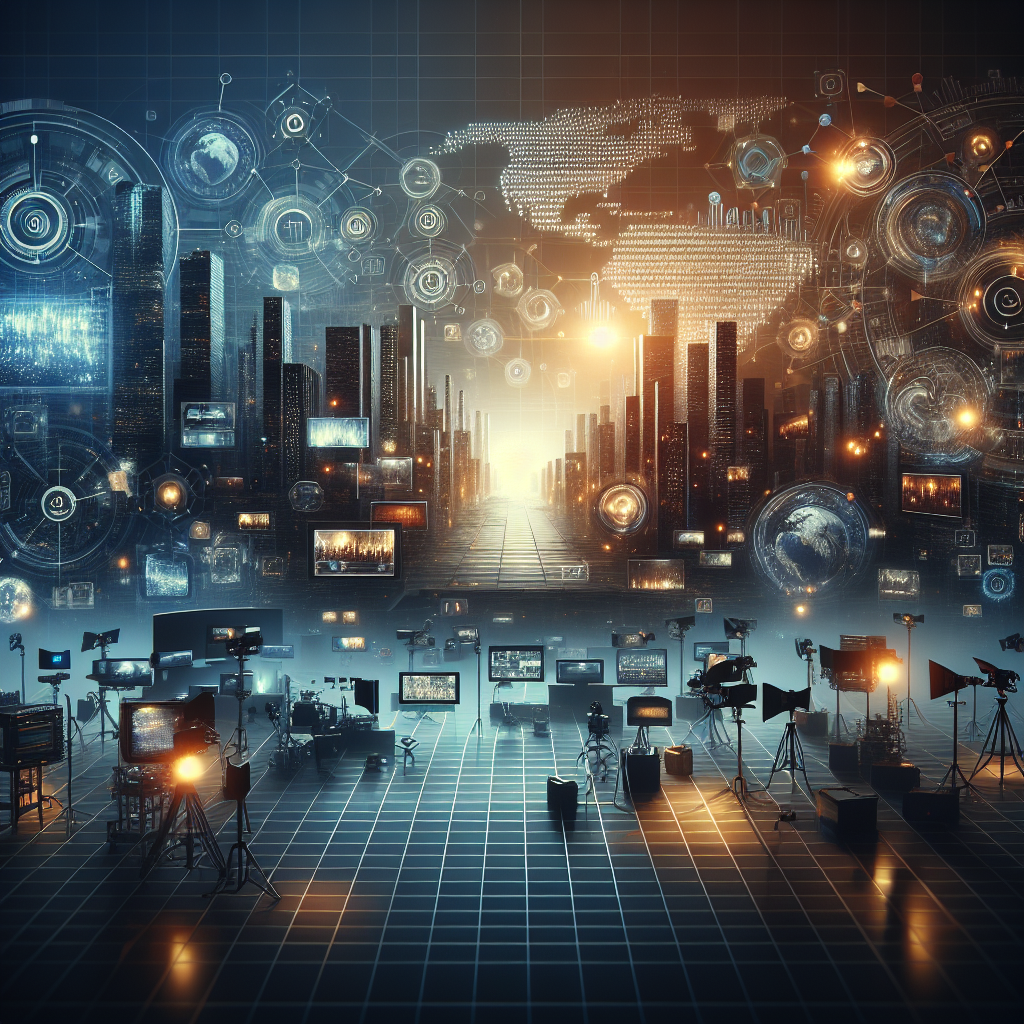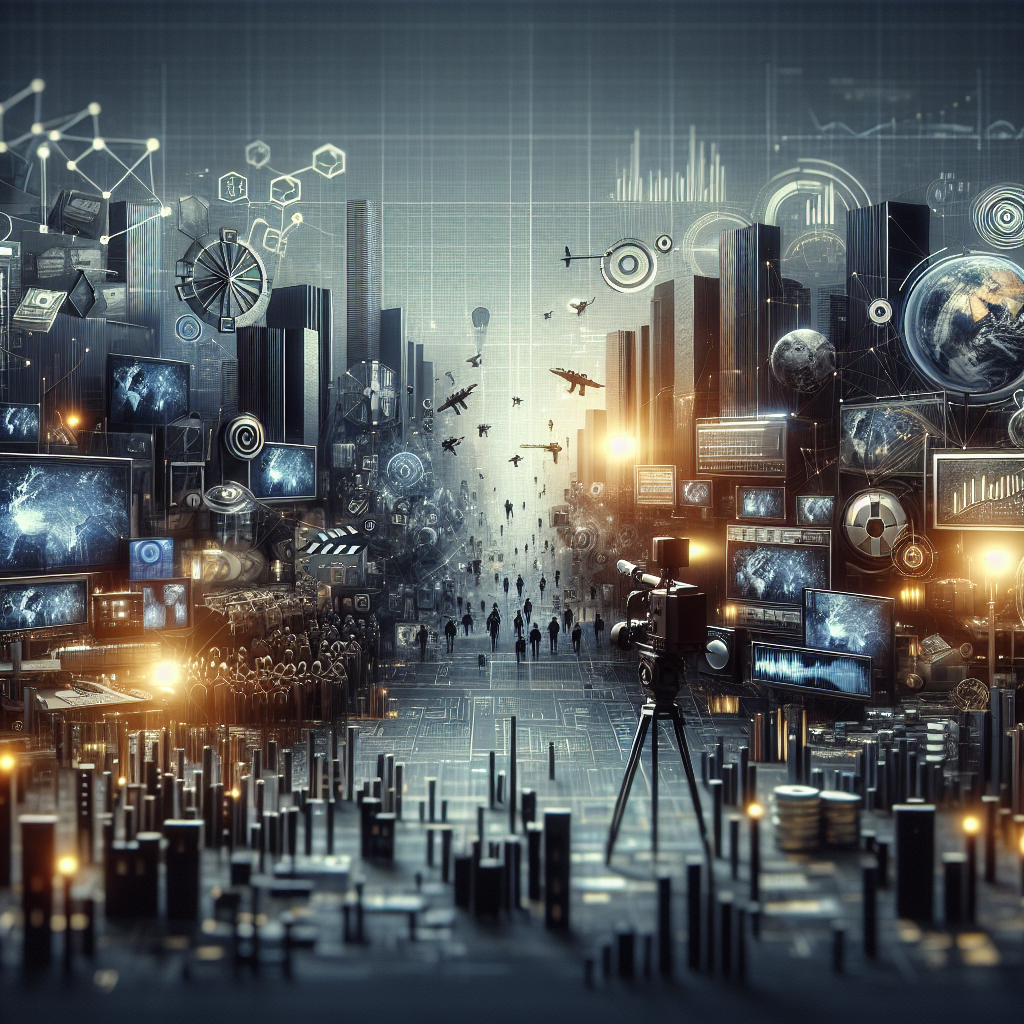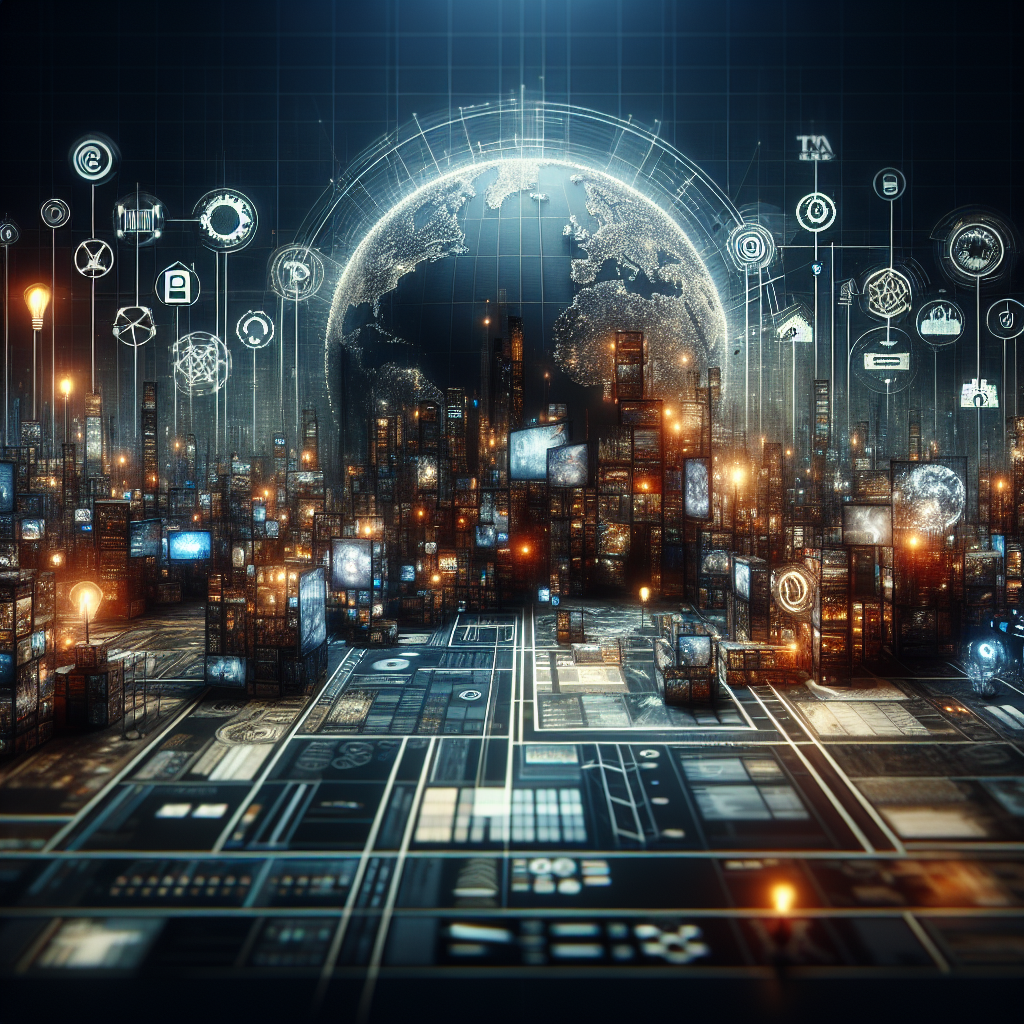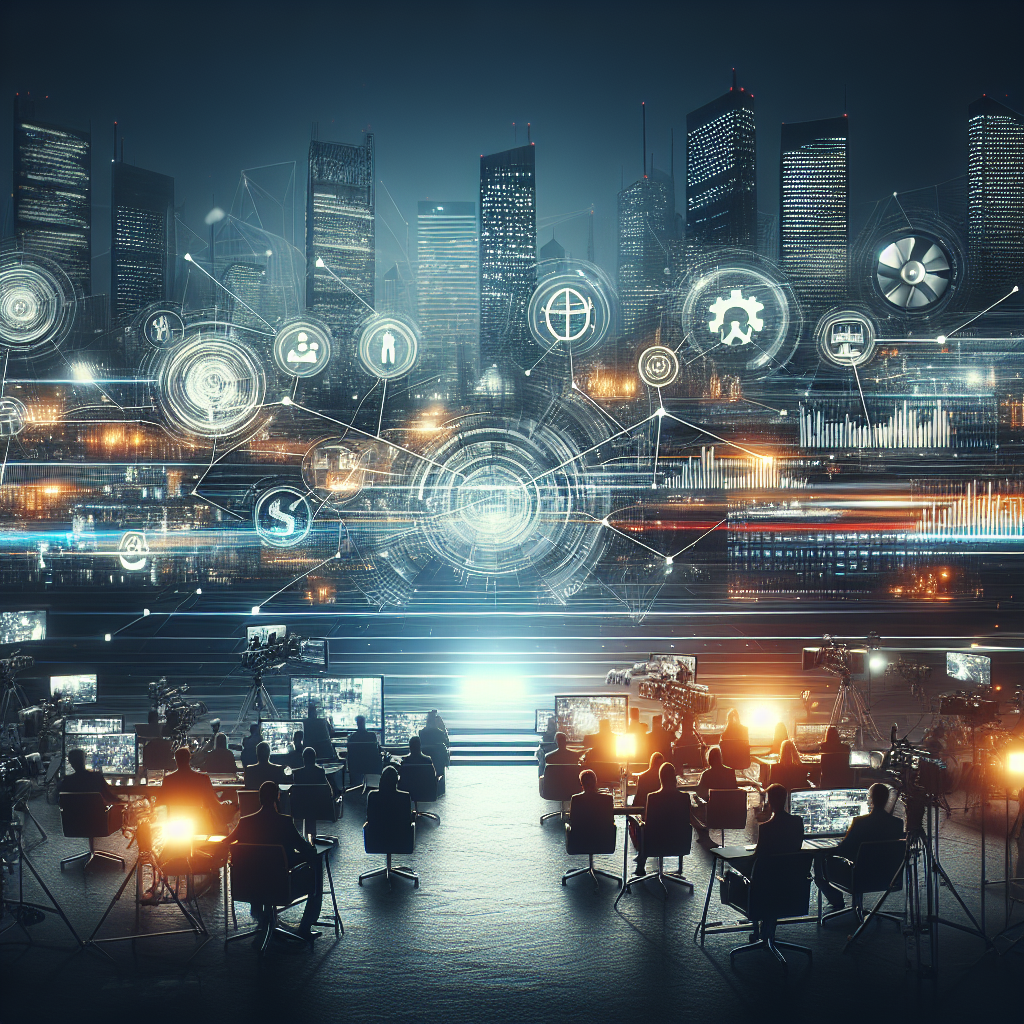Generative AI companies are facing significant legal challenges as Hollywood studios and authors unite against unauthorized use of their work. With major lawsuits underway, the future of AI in creative industries hangs in the balance, potentially reshaping ownership and compensation for artists.
Generative AI companies are currently under intense legal scrutiny, as Hollywood studios and authors make significant moves that could redefine the relationship between creative industries and this contentious technology. Just last week, Warner Bros. initiated a lawsuit against Midjourney, echoing similar actions taken by Disney and Universal.
On Friday, Anthropic reached what could be the largest copyright settlement in U.S. history, agreeing to pay a group of authors and publishers for the unauthorized use of copyrighted material in training its AI models. As these legal precedents emerge, the landscape of AI could dramatically shift, empowering artists and creators to reclaim ownership of their work.
What’s driving the news? Last Thursday, Warner Bros. filed a lawsuit against Midjourney, alleging that the platform allows users to generate infringing images of iconic characters like Superman and Bugs Bunny. The lawsuit includes substantial evidence, some of which is detailed at the end of this article. Meanwhile, Anthropic has agreed to a staggering $1.5 billion settlement, compensating authors and publishers $3,000 for each pirated book used in its AI training.
Disney and Universal had already taken similar legal action in June, targeting Midjourney for unauthorized recreations of beloved characters such as Mickey Mouse, Elsa, and Minions.
Why it matters: Studios and creators contend that AI tools are exploiting their intellectual property without consent. If the courts side with them, we could see a mandate for companies to provide compensation for these infringements, potentially leading to substantial financial repercussions.
What about animation? Midjourney, central to two of the most significant lawsuits, can replicate both hand-drawn and CG animation styles in mere seconds. This capability raises concerns that human artists may lose job opportunities to automated processes. Many examples cited in the lawsuits against Midjourney are images that directly mimic copyrighted works.
If courts push AI companies toward licensing agreements, assets from animation—ranging from concept art to storyboards and character designs—could become valuable training data. While major studios may have robust legal defenses, independent animators could find it challenging to safeguard their creations unless broader protections are established.
The big picture: Similar to the music industry post-Napster, these lawsuits may steer AI toward a licensing framework. For animation professionals, this could reduce the risk of outright job displacement, but it might also lead to a decline in the perceived value of their work. While musicians may favor the current licensing models offered by platforms like Spotify and Apple Music, the royalties they receive often fall short of fair compensation.
What’s next? Judges still need to approve Anthropic’s settlement, and the cases against Midjourney are just beginning. However, the message is unmistakable: the unchecked use of copyrighted material by AI is facing formidable opposition, with the animation industry at the forefront.
Evidence provided in the new Warner Bros. lawsuit:
Disclaimer: This article has been auto-generated from a syndicated RSS feed and has not been edited by Vitrina staff. It is provided solely for informational purposes on a non-commercial basis.
























